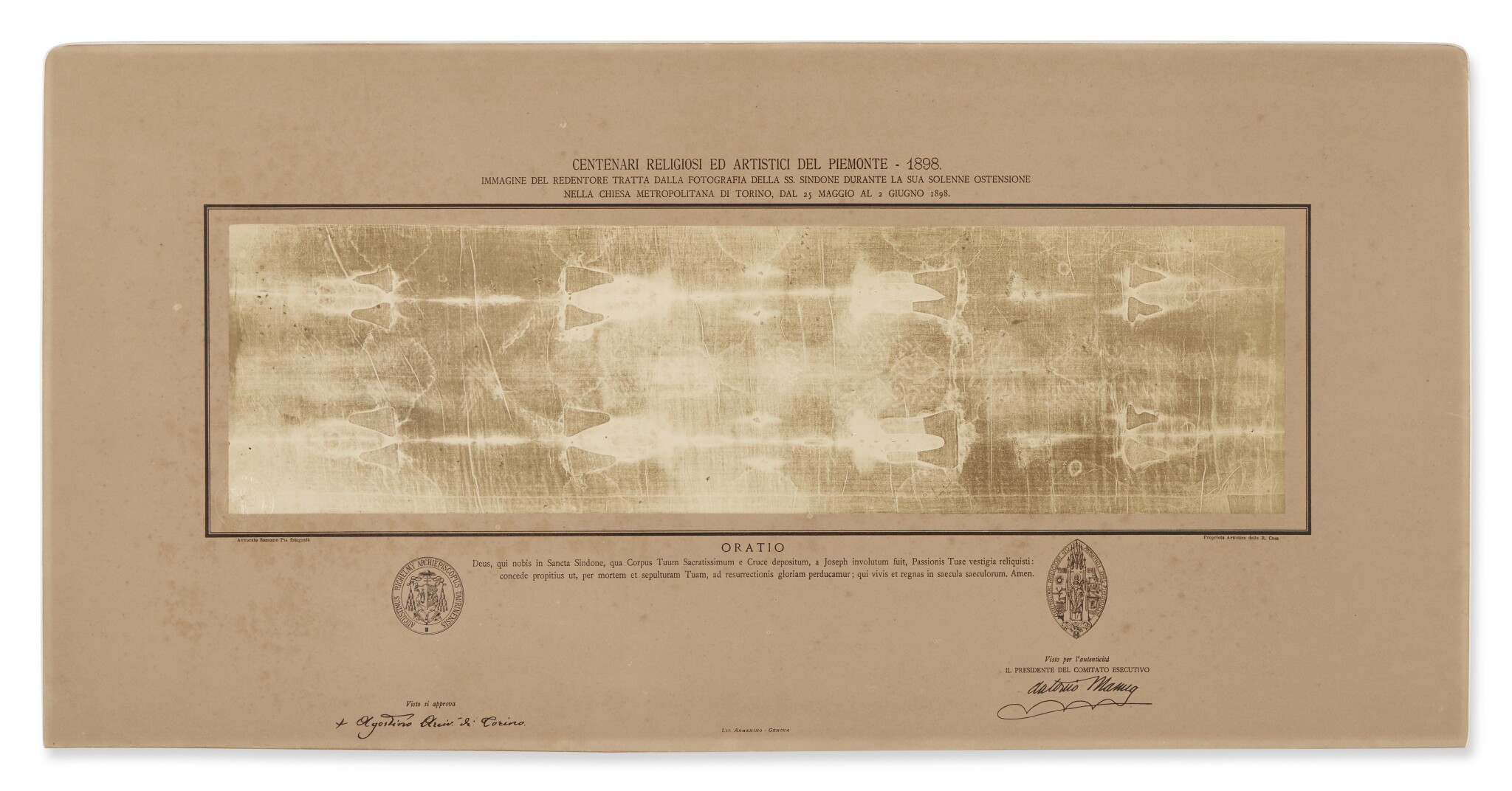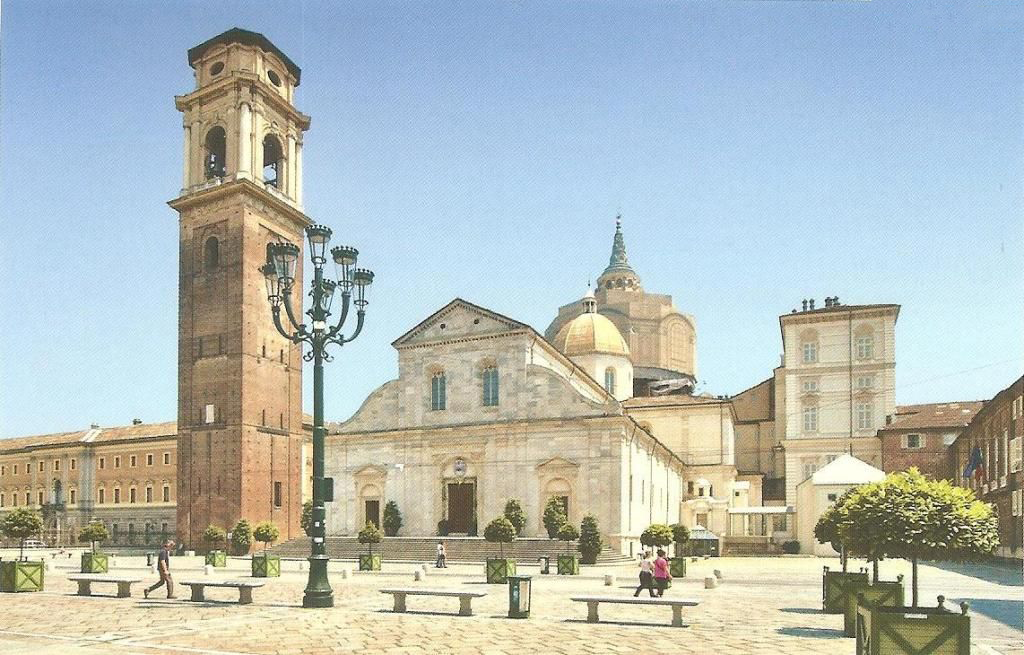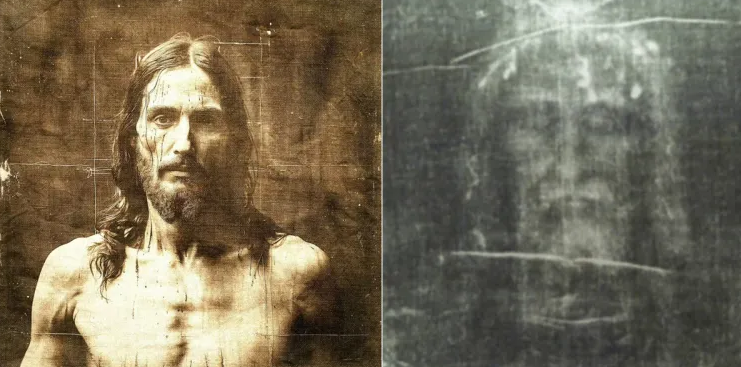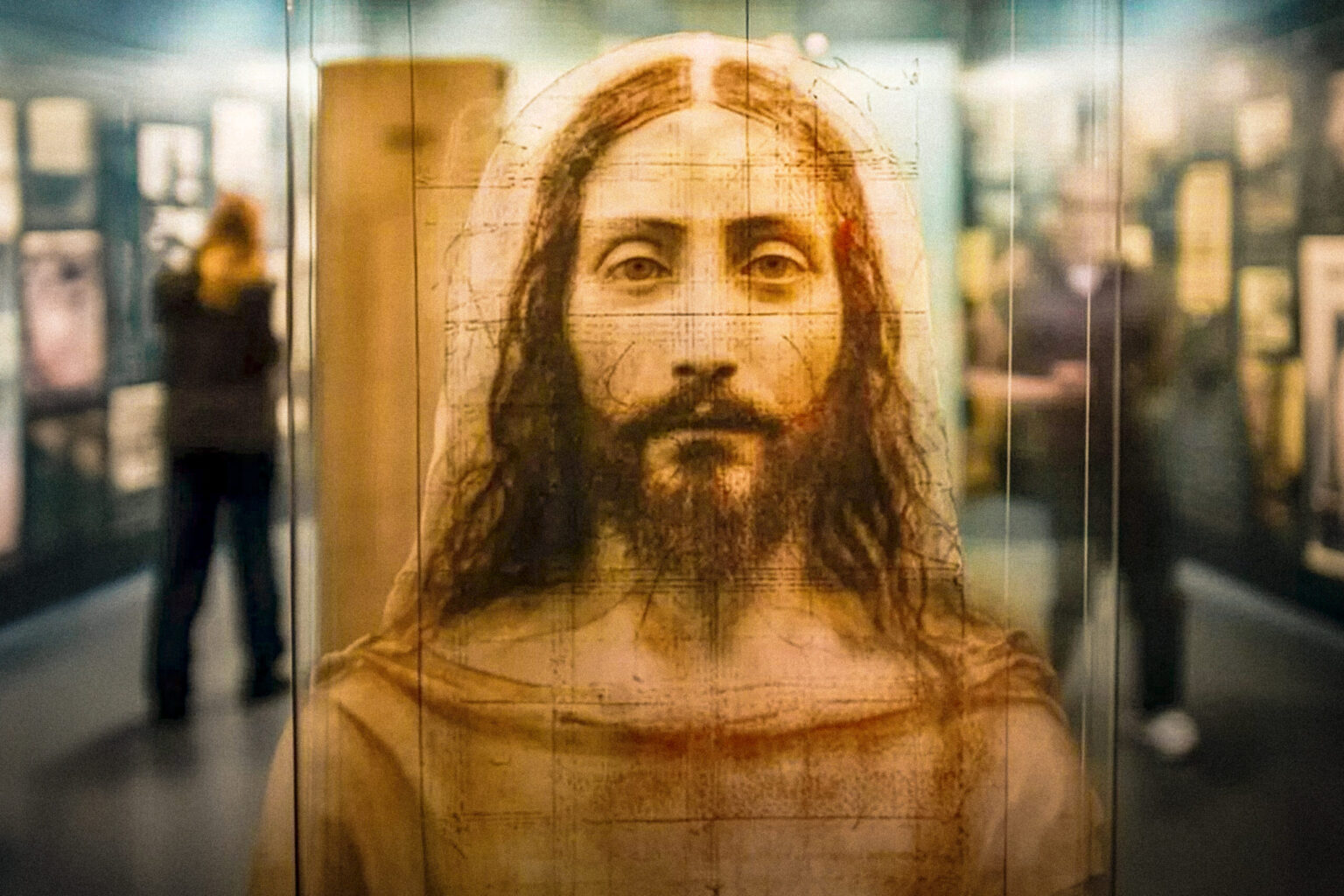A Reevaluation of the Turin Shroud and its Authenticity
The Shroud of Turin, also known as the Holy Shroud, is a piece of linen cloth that has been the subject of intense debate for centuries due to its purported connection to Jesus Christ. Many believe it to be the actual burial shroud that wrapped His body after the crucifixion, while others dismiss it as a clever medieval forgery. Despite numerous scientific examinations, the debate rages on, with evidence supporting both sides. Let us take a look at the historical record, scientific analyses, and studies that have been conducted on the shroud, and evaluate the claims of its authenticity with the most up-to-date information and sources.

Introduction to the Shroud of Turin
The Shroud of Turin is a linen cloth in a three-to-one herringbone twill composed of flax fibrils, measuring approximately 4.4 by 1.1 meters (14 ft 5 in × 3 ft 7 in). What makes this piece of fabric profoundly significant is the image it bears—a faint yet striking depiction of a man who appears to have endured wounds that mirror those described in the New Testament accounts of Jesus Christ’s crucifixion.
“When it was evening, there came a rich man from Arimathea, named Joseph, who also was a disciple of Jesus. He went to Pilate and asked for the body of Jesus. Then Pilate ordered it to be given to him. And Joseph took the body and wrapped it in a clean linen shroud and laid it in his own new tomb, which he had cut in the rock. And he rolled a great stone to the entrance of the tomb and went away.”
Matthew 27:57-60
The image shows markings that resemble the scourging of the back, the crown of thorns on the head, nail wounds in the wrists and feet, and a spear wound in the side. These resemblances have led many to believe that the Shroud might be the burial cloth of Jesus Christ himself.
The Shroud is housed in the Cathedral of Saint John the Baptist in Turin, Italy, where it is preserved and occasionally displayed for public viewing. This relic is not just an artifact but a source of immense spiritual significance for millions of Christians around the world. Pilgrims from various corners of the globe travel to Turin, drawn by the mystery and the profound sense of connection to the divine it inspires. The reverence for the Shroud transcends mere historical curiosity—it is intertwined with deep faith and the contemplation of Christ’s suffering and sacrifice.

The cloth’s origin is thought to trace back to the Middle East, dating to the 1st century AD. However, its precise history is enveloped in layers of mystery and intrigue. The first historical records mentioning the Shroud appear in the 14th century when it was reportedly discovered in the possession of a French knight, Geoffroi de Charny. The intervening centuries between its presumed origin and its documented existence are a blank canvas, inviting endless speculation and research.
Known Timeline of the Shroud
- 1353-1357: The Shroud is first recorded in the possession of Geoffroy de Charny in Lirey, France.
- 1389: Bishop Pierre d’Arcis denounces the Shroud as a forgery.
- 1453: Margaret de Charny deeds the Shroud to the House of Savoy.
- 1532: The Shroud suffers damage from a fire in Chambéry, France.
- 1578: The Shroud is moved to Turin by the House of Savoy.
- 1694: Repairs are made to the Shroud by Sebastian Valfrè.
- 1868: Further repairs are made by Clotilde of Savoy.
- 1898: The Shroud is first photographed by Secondo Pia.
- 1983: The Shroud is given to the Holy See by the House of Savoy.
- 1997: A fire threatens the Shroud, possibly caused by arson.
- 2002: The Shroud undergoes restoration by the Holy See.
- 2018: The Shroud is exhibited to the public from August 8 to August 12.
The shroud can be discerned more clearly in a black and white photographic negative. This processed was discovered in 1898 by Secondo Pia while producing some of the very first images of the shroud.

The Shroud of Turin remains a mystery due to the superficiality of its image, with no known method to create such an image. The 1978 research team, STURP, concluded that the image wasn’t formed by paints, pigments, dyes, an artist, or any known chemical or physical methods. Despite these findings, various hypotheses have been proposed, categorized into dead body, artistic creation, and radiation theories. The fall-through radiation theory is particularly noteworthy, as it aligns with the shroud’s 3D information, suggesting a light event where the body became mechanically transparent, allowing the cloth to fall through, creating the unique image.
Radiocarbon Dating Controversy
One of the most significant pieces of scientific evidence regarding the shroud’s authenticity came from radiocarbon dating. In 1988, samples from the shroud were sent to three separate labs (Oxford, Zurich, and Arizona) for analysis. The results, published in the journal Nature, dated the cloth to between 1260 and 1390 AD, suggesting it was a medieval artifact. However, these findings have been contested. Some researchers argue that the sample was contaminated with newer carbon due to centuries of handling, repairs, and environmental factors, which skewed the results. Moreover, subsequent studies have highlighted the possibility of the presence of a bioplastic coating or a once-living organism that could have affected the carbon dating.
Pollen Analysis
Pollen samples found on the shroud indicate that it may have originated from the region of ancient Palestine. Researchers have identified various types of pollen from plants that are native to the Middle East, lending some credence to the idea that the shroud was indeed present in the region during the time of Jesus. This evidence, however, is not conclusive, as the pollen could have been introduced during the many centuries of the shroud’s journey across continents.
The Bloodstain Patterns
The bloodstains on the shroud appear to correspond to the wounds described in the Bible. Forensic analysis by Dr. Pierluigi Baima Bollone in the 1970s suggested that the bloodstains are genuine and consistent with someone who was crucified. However, critics argue that the patterns could have been painted on or otherwise artificially applied. Additionally, the presence of blood alone does not necessarily confirm a connection to Jesus Christ.
The Image Formation
The image on the shroud is not a simple painting or dye. It appears to be a complex, photonegative image, which suggests that it was not produced by conventional medieval techniques. The lack of pigments or dyes and the superficial nature of the image (which only shows up on the topmost fibrils of the cloth) have led some to hypothesize that it was created by an unknown process. However, skeptics propose that it could be a medieval forgery produced using a technique known as “contact relics,” where an image is transferred from a bas-relief to cloth.
Recent Research: The 3D Nature of the Image
Recent studies using digital image processing have revealed that the shroud’s image has 3D properties, which suggests that it may have formed from an actual body. The depth information in the image correlates with the contours of a human body, providing a more convincing argument for the shroud’s authenticity. This evidence, while compelling, does not definitively prove the shroud’s origin or connection to Jesus.

Recent research by Italian scientists using advanced techniques, such as Wide-Angle X-ray Scattering (WAXS), suggests that a fragment of the Shroud of Turin could indeed be around 2,000 years old, dating back to the time of Christ. This new method analyzes the natural aging of flax cellulose, providing a timeline for the fabric’s manufacture. The researchers propose that the previous carbon dating, which placed the shroud in the medieval period, may have been inaccurate due to factors like radiation emitted from the body wrapped in the shroud. This finding reignites the debate about the shroud’s authenticity and its historical significance.
Conclusion
The Shroud of Turin remains an enigma, with scientific evidence both supporting and challenging its authenticity. The radiocarbon dating results, though widely cited, are contested by some due to potential contamination issues. The pollen analysis and bloodstain patterns provide intriguing hints at its possible origins, but they are not definitive. The unique image formation continues to puzzle scientists and reinforces the belief of many that the shroud is indeed the burial cloth of Jesus Christ.
In the end, the authenticity of the Shroud of Turin may never be fully resolved. The intersection of faith and science can be complex, and what one chooses to believe often depends on personal conviction and interpretation of the evidence. While science can offer valuable insights, it may never fully explain the mysteries that shroud this ancient relic.











